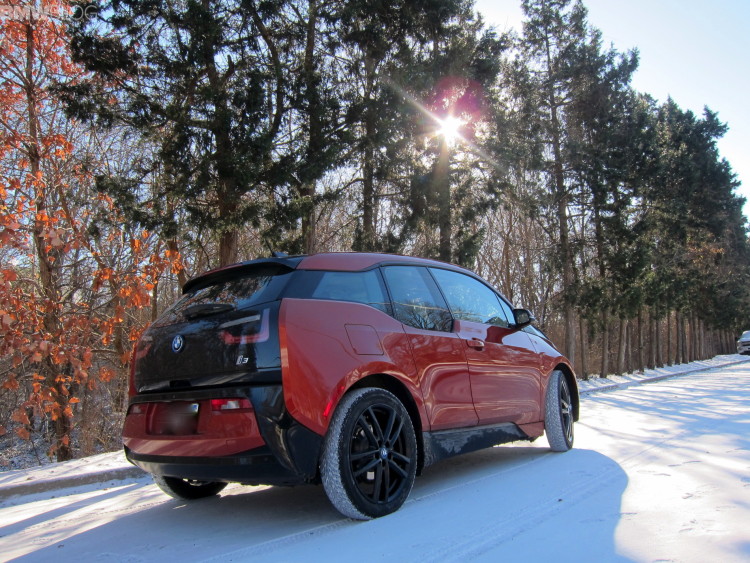“Born Electric” is BMW’s catch phrase for the i3. Now having lived with a BMW i3 for a few years, it makes me realize just how true that catch phrase is. Owning and driving an electric car is indeed a whole new world. I managed to cover over 12,000 miles in just the first 12 months, without a drop of gas, an oil change or a visit to gas station. To start with, the BMW i3 garnishes more attention than any other car, I’ve ever owned. We’ve had people follow us to where we park and start taking to us – a Tesla Model S follow us to our house just to see it up close. I could go on and on. Surprisingly, it never gets old and I love talking about it.
Though BMW sells the BMW i3 in pure electric (BEV) and the Range Extender (REx) versions with a small onboard generator, we chose the i3 BEV as it is not our only car and drive at most 50 miles in a day. In the first 12 months, I have experienced zero degradation in usable range. Seriously cold weather does effect all electric cars – the i3 included – but there are tricks to dealing with it.
I usually average 4.9 miles per kWh in combined usage of highway and city when the weather is between 40F – 90F. The BMW i3, in fact, is the most efficient BMW car on the market. Part of the reason is the BMW i3 is built using the lightest materials – Carbon Fiber Reinforced Plastic (CFRP), aluminum as well as plastic – and weighs a mere 2,800 lbs.
I always get asked by people who don’t know electric cars if I have a charger at work. As work is a 26 mile round trip from our house, it’s not necessary even in the coldest of weather. We also get asked what it costs to charge – I enjoy Solar/Home Charging and our overall electric bill hasn’t changed as we produce more kWhs than we consume. If we had to pay for our electricity, it’s $0.11 a kWh and a “fill up” would cost about $2.00 – if we were almost empty.
To learn more about my life with a BMW i3 electric car, see the video below and please subscribe to our channel for more exclusive BMW videos!





































































